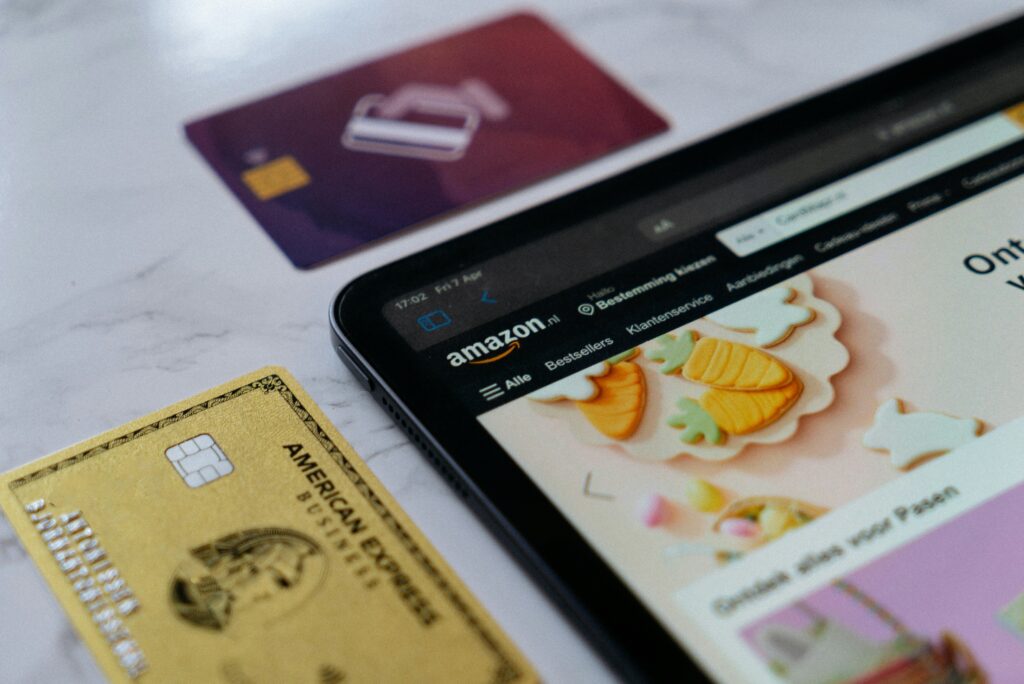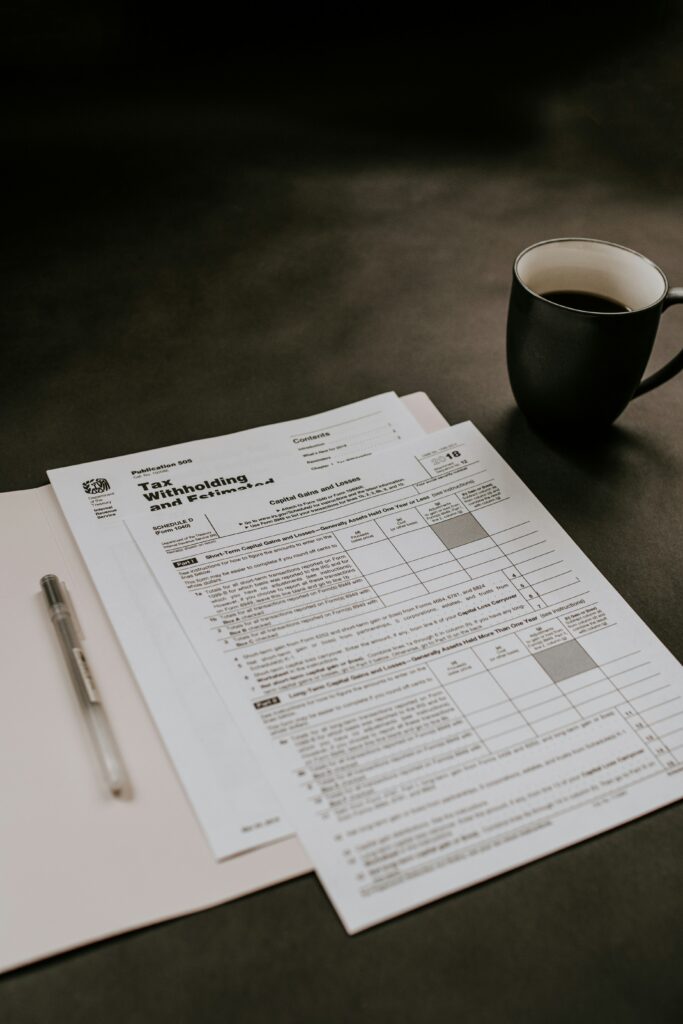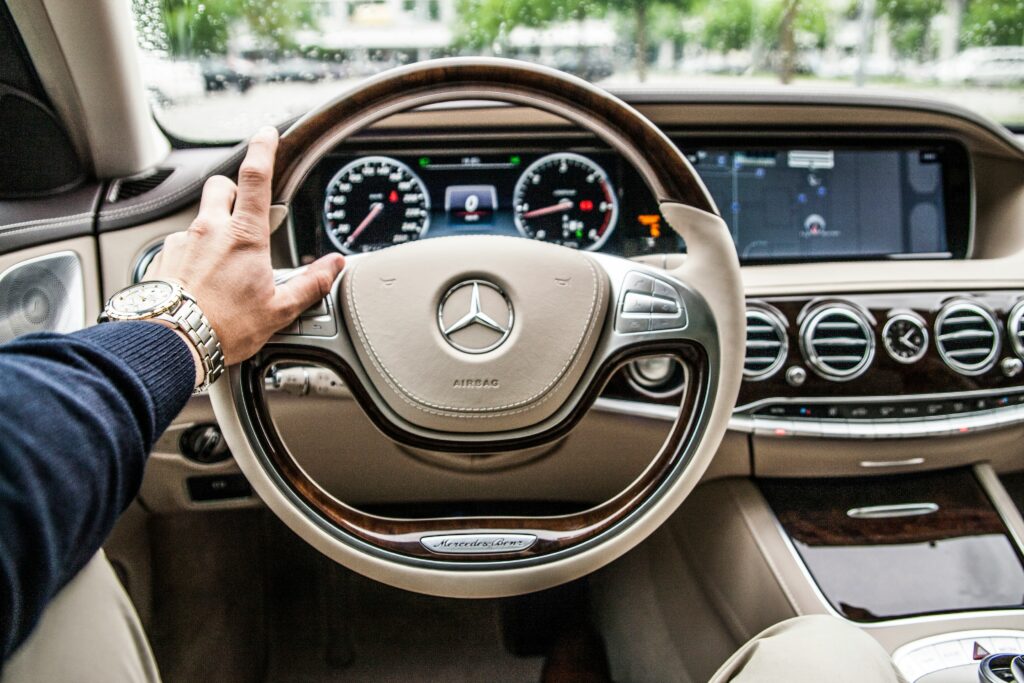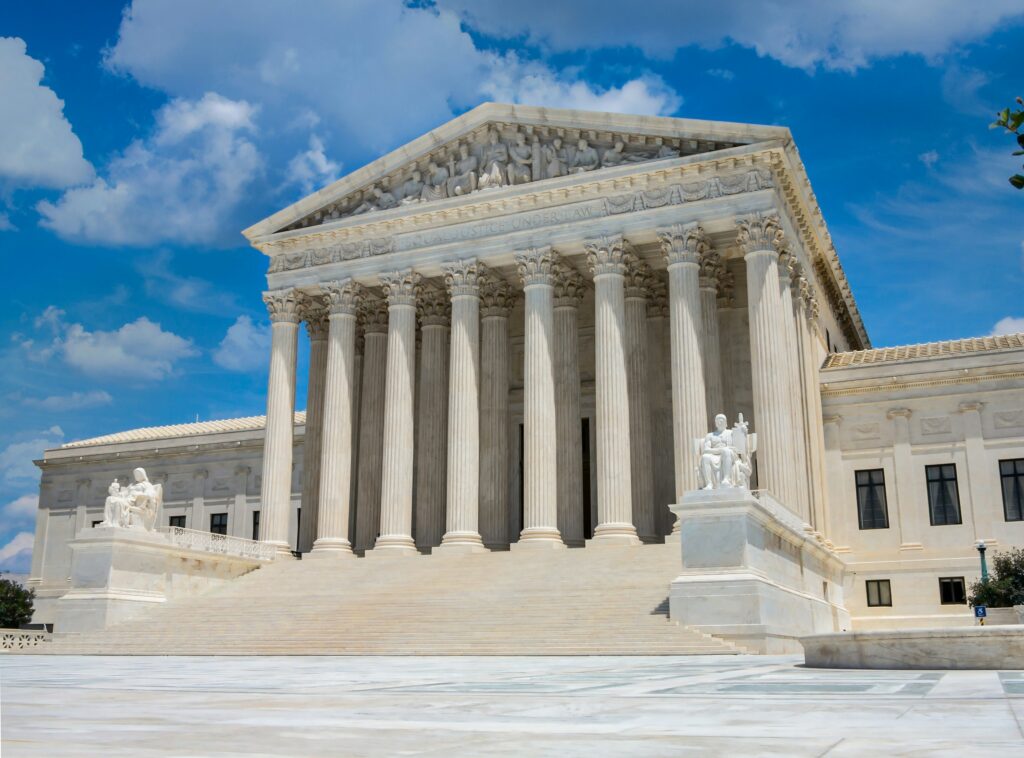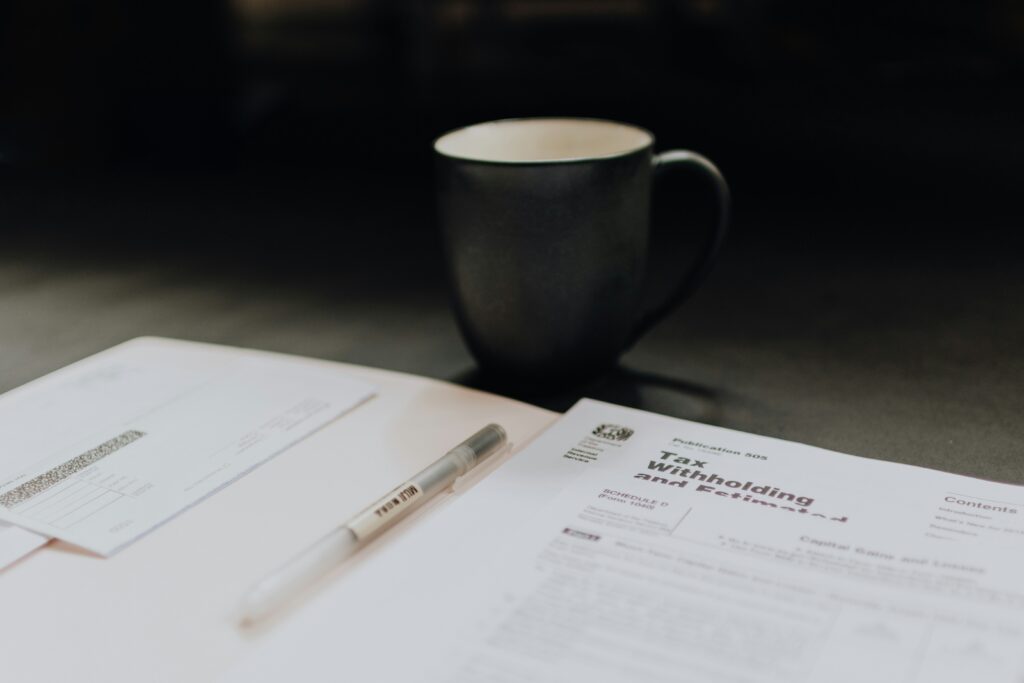Leasing vs. Buying a Business Vehicle: Which Option Saves You More?
When deciding whether to buy or lease a business vehicle, evaluating which option costs less involves more than just comparing initial and ongoing expenses. The decision should account for available cash, tax benefits, and the time value of money.
The Key Differences Between Leasing and Buying
- Buying: When you purchase a vehicle, you own it outright once the loan is repaid. You can sell or trade in the car later to recover some of the costs. Buying usually involves higher initial costs but offers the advantage of potential resale value.
- Leasing: It involves paying for the vehicle’s use over a specified term without owning it. Monthly lease payments are typically lower than loan payments, and the lease requires less upfront cash. At the end of the lease, you can either buy the vehicle at a predetermined price (residual value) or return it and lease a new one.
Cost Calculation Factors
- Leasing Costs: Leasing generally requires less cash upfront and lower monthly payments, freeing up capital for other uses. However, leased vehicles often have mileage limits and potential excess wear-and-tear fees.
- Buying Costs: Buying involves higher upfront costs but can offer long-term benefits through ownership. You can deduct operating costs and potentially claim significant tax benefits through depreciation and Section 179 expensing.
Tax Considerations
- Buying: Business owners who purchase a vehicle can use methods like bonus depreciation, Section 179 expensing, and MACRS depreciation to reduce taxable income. The actual expense method allows for immediate tax benefits compared to the IRS’s mileage rate.
- Leasing: For leased vehicles, you can calculate deductions using either the mileage rate or actual costs. Deductions include monthly lease payments, amortization of any upfront costs, and potential reductions for luxury vehicles.
The After-Tax Adjusted Present Value Method
Use the After-Tax Adjusted Present Value Lease Calculator to accurately compare the financial impacts of buying versus leasing. This tool values the costs and benefits of each option in today’s dollars, considering your safe rate of investment return after taxes.
- Buying: The calculator computes the net after-tax cost by evaluating the present value (PV) of purchase, sale, tax benefits, and detriments.
- Leasing: The calculator assesses the PV of cash outflows, tax savings, and lease-related costs, including any payments due at the lease end.
Additional Considerations
Beyond costs and taxes, personal factors should influence your decision:
- Frequency of Vehicle Replacement: Leasing typically encourages getting a new vehicle every few years, while buying provides ownership for as long as you choose.
- Trust and Dependence: Leasing often involves more complex dealings with dealers or lessors.
- Mileage and Use: Leased vehicles come with mileage limits and potential penalties for excess wear and tear, which may be an issue if you drive extensively.
- Personal Stability: If your personal or business situation is uncertain, buying might offer more flexibility than committing to a lease.
- Status and Affordability: Leasing may allow you to drive a higher-status vehicle with lower monthly payments than buying.
Takeaways
- Up-Front and Ongoing Costs: Leasing typically has lower initial and monthly payments, enhancing cash flow, while buying involves higher costs but offers potential resale value.
- Tax Benefits: Buying usually provides quicker tax deductions through depreciation, while leasing allows deductions of lease payments and associated costs.
- Personal and Business Needs: When deciding, consider how often you want a new vehicle, your driving habits, and your personal or business stability.

